- Description
- Reviews (0)
Description
Mughal art in Pakistan refers to the distinctive and influential artistic style that emerged during the Mughal Empire’s rule over the Indian subcontinent, including present-day Pakistan, from the 16th to the 19th centuries. This period marked a fusion of Persian, Indian, and Central Asian artistic traditions, resulting in a unique and sophisticated visual language that reflected the cultural diversity of the Mughal Empire.
Key characteristics of Mughal art in Pakistan include:
1. **Miniature Paintings:**
Mughal miniature paintings are a hallmark of Mughal art. These intricate and detailed paintings often depicted scenes from court life, royal portraits, historical events, and religious themes. The artists used vibrant colors, fine brushwork, and meticulous attention to detail to create visually stunning compositions on small-scale canvases.
2. **Architectural Marvels:**
The Mughal Empire left an indelible mark on the architecture of Pakistan. Prominent examples include the Badshahi Mosque and Lahore Fort in Lahore, Shalimar Gardens in Lahore, and the magnificent Shah Jahan’s Wazir Khan Mosque. These structures showcase a blend of Islamic, Persian, and Indian architectural styles, with intricate tilework, calligraphy, and geometric patterns.
3. **Calligraphy and Illumination:**
Calligraphy, the art of beautiful writing, played a significant role in Mughal art. Arabic and Persian scripts were often used to embellish manuscripts and architectural elements. The intricate illumination of texts, borders, and margins was a common practice, highlighting the importance of both visual and written components in Mughal artistic expression.
4. **Textile Arts:**
Mughal art also extended to the realm of textiles. Richly embroidered fabrics, carpets, and garments adorned with intricate designs were highly valued. Textiles often featured floral motifs, geometric patterns, and stylized representations of animals.
5. **Jewelry and Metalwork:**
Mughal craftsmen excelled in the creation of exquisite jewelry and metalwork. Intricately designed gold and silver pieces, often adorned with precious gems, reflected the opulence of the Mughal courts. These items were not only symbols of wealth but also served as important cultural and social markers.
6. **Gardens and Landscapes:**
Mughal emperors were avid garden enthusiasts, and the design of gardens became an integral part of Mughal art. These gardens, known for their symmetry and use of water features, provided a serene backdrop for various artistic and cultural activities.
Mughal art in Pakistan continues to be celebrated and preserved as an integral part of the country’s cultural heritage. Museums, historical sites, and art galleries showcase the enduring legacy of Mughal artistic achievements in the region.

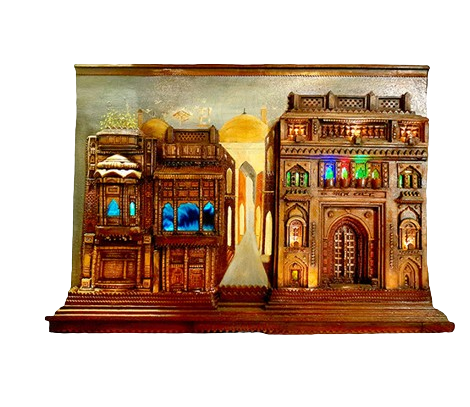
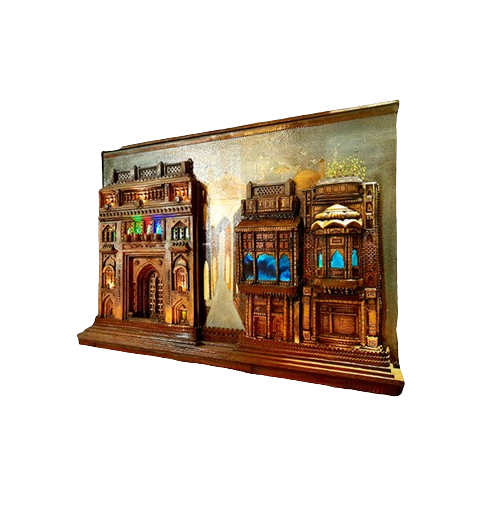
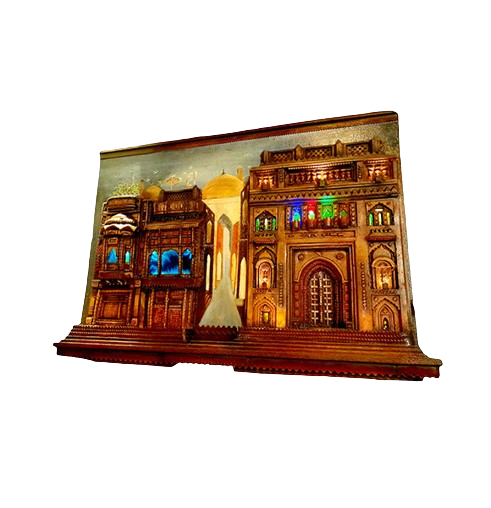
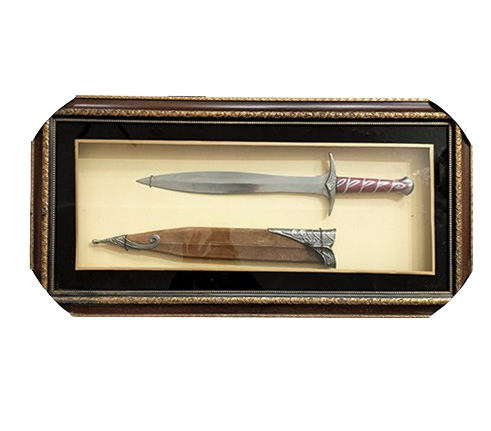
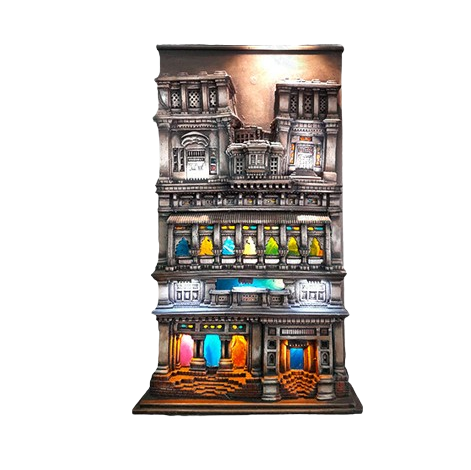
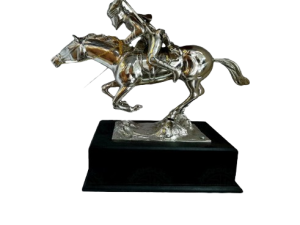
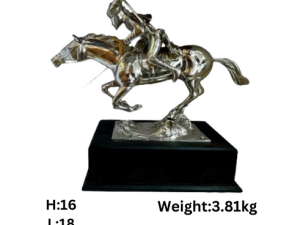
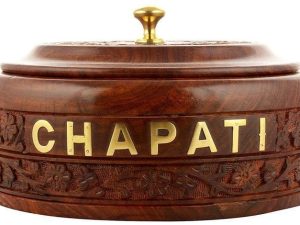
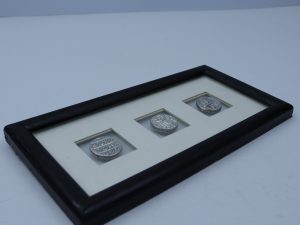
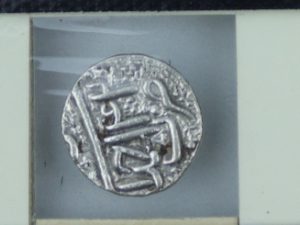
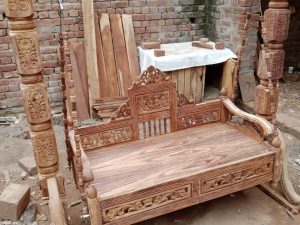
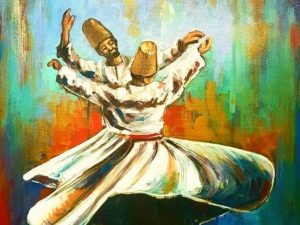
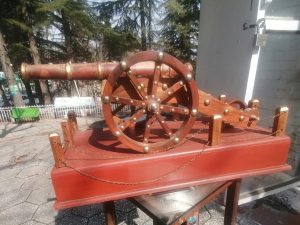
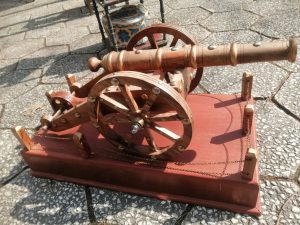
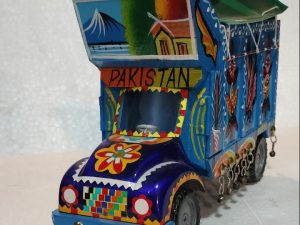
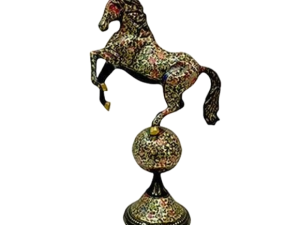
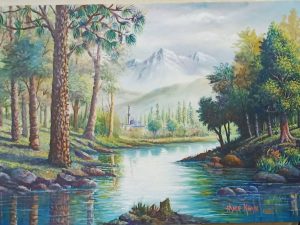
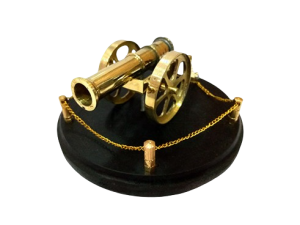
Reviews
There are no reviews yet.